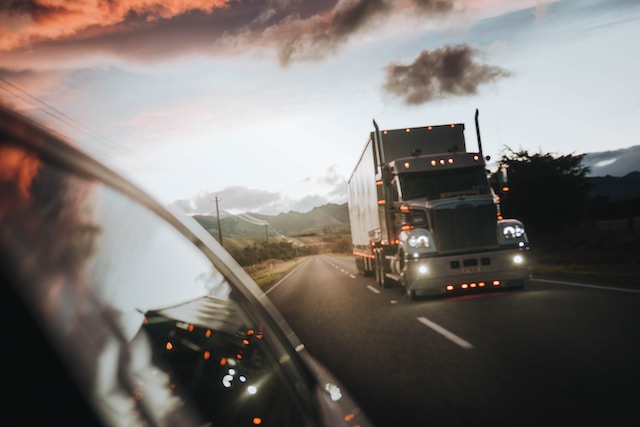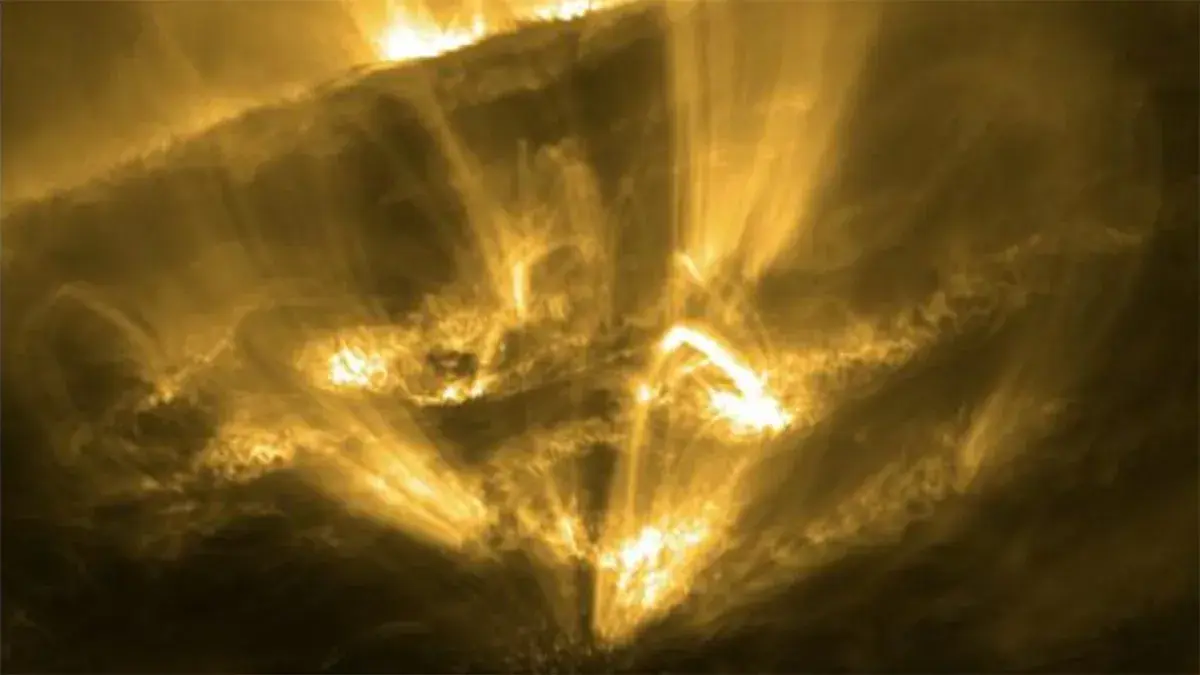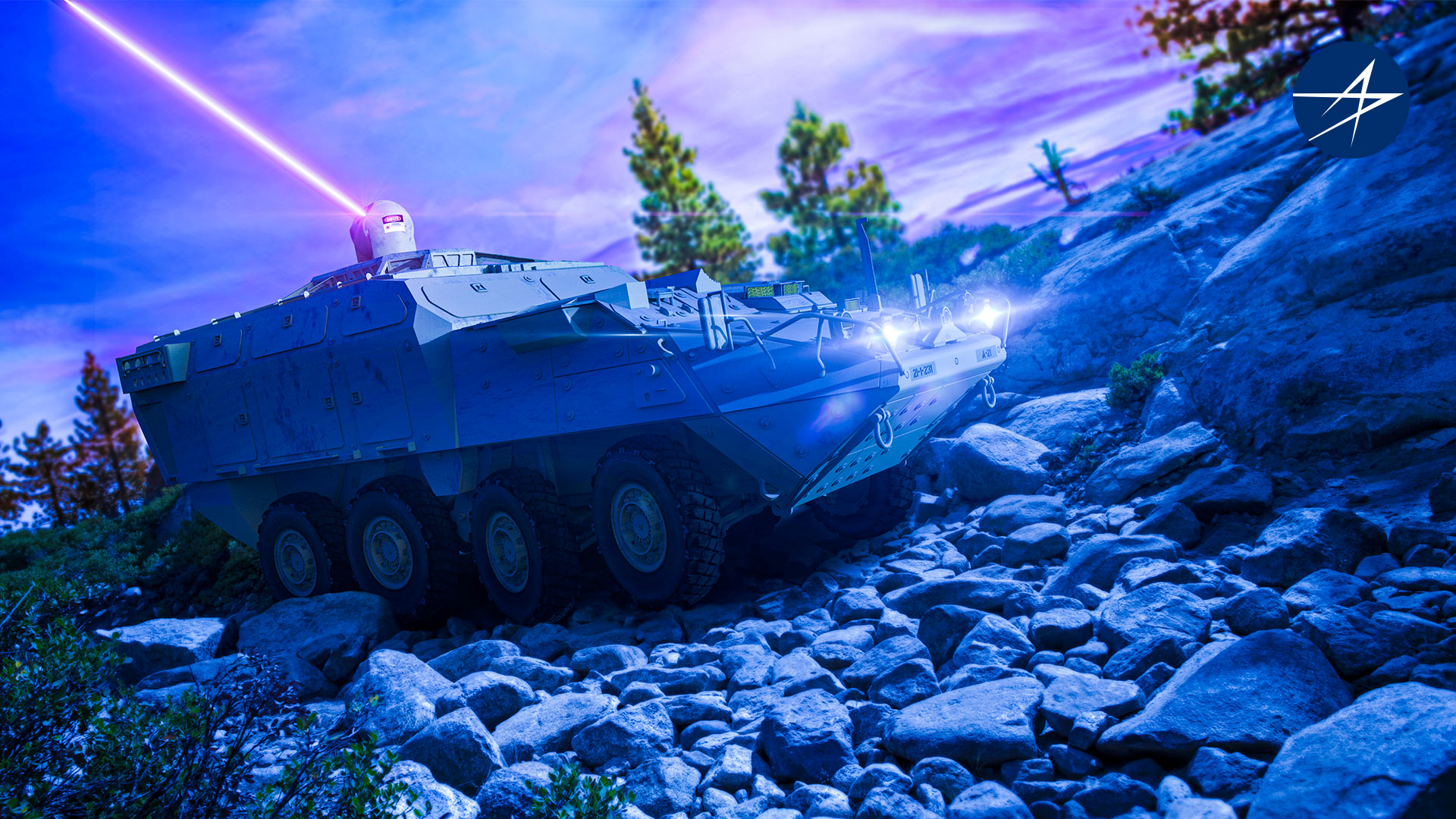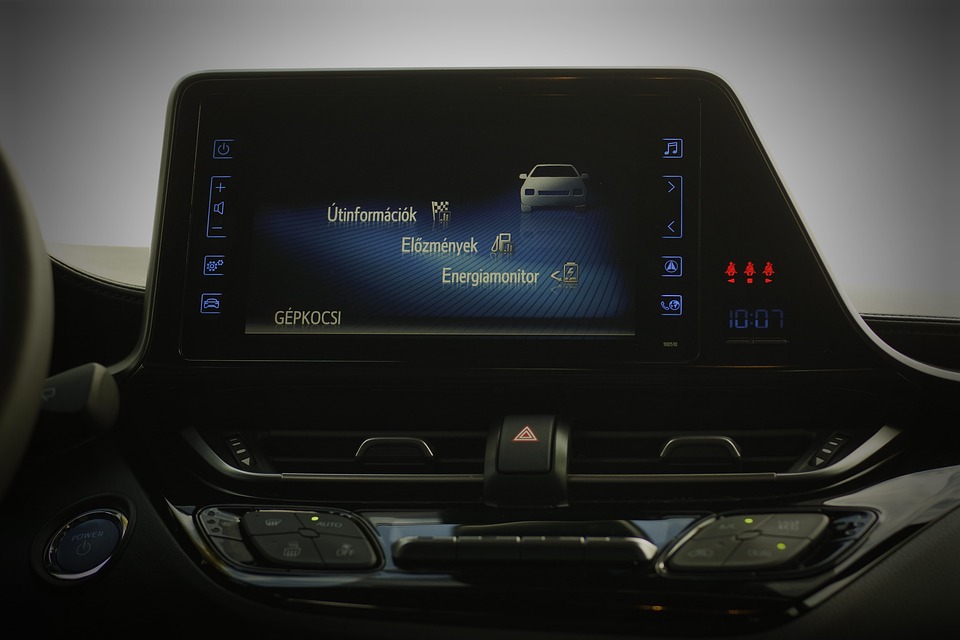Engineering & Ecohydrology for Fish Passage Systems
Hydroelectricity has long been considered a renewable energy resource as water evaporates and falls as rain is collected in rivers and turns hydroelectric turbines producing energy. However, it has become clear that hydroelectricity creates unacceptable environmental damage in the form of flooding, unanticipated sediment problems, interference with the natural transport of nutrients and deleterious effects on fish.
Last year, IndustryTap wrote, “Whoosh Cannon Helps Spawning Salmon Scale Obstacles.” This year, the hydroelectric power industry seems to be getting on board designing and building “fish passage systems,” similar to the Woosh Cannon, that allow salmon and other fish species to bypass dams and other obstacles to reach ancient spawning grounds.
Black & Veatch recently undertook designing and building two fish passage systems to meet its obligations under a new PacifiCorp Federal Energy Regulatory Commission license on the Lewis River. As a result of the project, 117 miles of salmon and steelhead habitat upstream from the Swift, Yale and Merwin hydroelectric dams has been reopened and is now accessible to fish from below these dams.
Many dams built decades or even over a century ago have caused the steep decline in the presence of native aquatic species, and it was only recently that efforts were started to correct this problem.
For the past 20 years, researchers at the University of Massachusetts have been studying fish passage systems in an effort to better understand how ecosystems are affected by dams, how fish are affected by dams, and how hydroelectric power systems can be better designed and built to minimize environmental impact.
Fish Passage Systems are now part of the College of Engineering at the University of Massachusetts, Amherst in the Civil & Environmental Engineering program.
Following is information on the Lewis River Project from the BV website:
MORE ABOUT THE PROJECT:
- The Lewis River watershed drains portions of both Mt. St. Helens and Mt. Adams. The Lewis River is a tributary of the Columbia River.
Merwin Fish Passage Facilities
- Turbine-driven pumps move a steady attraction stream of water at a rate of 400 cubic feet per second (cfs), attracting fish to the upstream flow and away from powerhouse outflow. Attraction flows are expandable, up to 800 cfs.
- The fish naturally swim against the upstream current and follow it up a short fish ladder to a fish lift and then through an elevated conveyance flume to a sorting facility. Fish are then sorted according to species and birth origination (hatchery or wild).
- The Merwin facilities operate 24 hours a day, seven days a week and have the capacity to handle 3,700 adult fish per day, all of which must pass upstream or to hatcheries within 24 hours of collection.
Swift Floating Surface Collector
- The 170-foot x 60-foot, 600 cfs floating surface collector is anchored by a mooring tower connected to the dam by an access trestle that’s supported by piles.
- The 1,500 ton floating surface collector is specially designed to rise and fall with seasonal changes in reservoir water level of up to 100-feet, allowing the reservoir to be operated for flood management.
- Attraction water is drawn through v-screens and velocity increases as water moves deeper into the collector and fish are captured.
- The floating surface collector features 14 propeller pumps, including two standby pumps, which operate at 50 cfs each. The facility is designed to be expanded to a capacity of 900 cfs of attraction flow.
- The floating surface collector has a capacity of processing up to 76,000 smolts in a 24-hour period.
The following video shows efforts to improve fish passages in the Pacific Northwest’s Lower Snake River.






